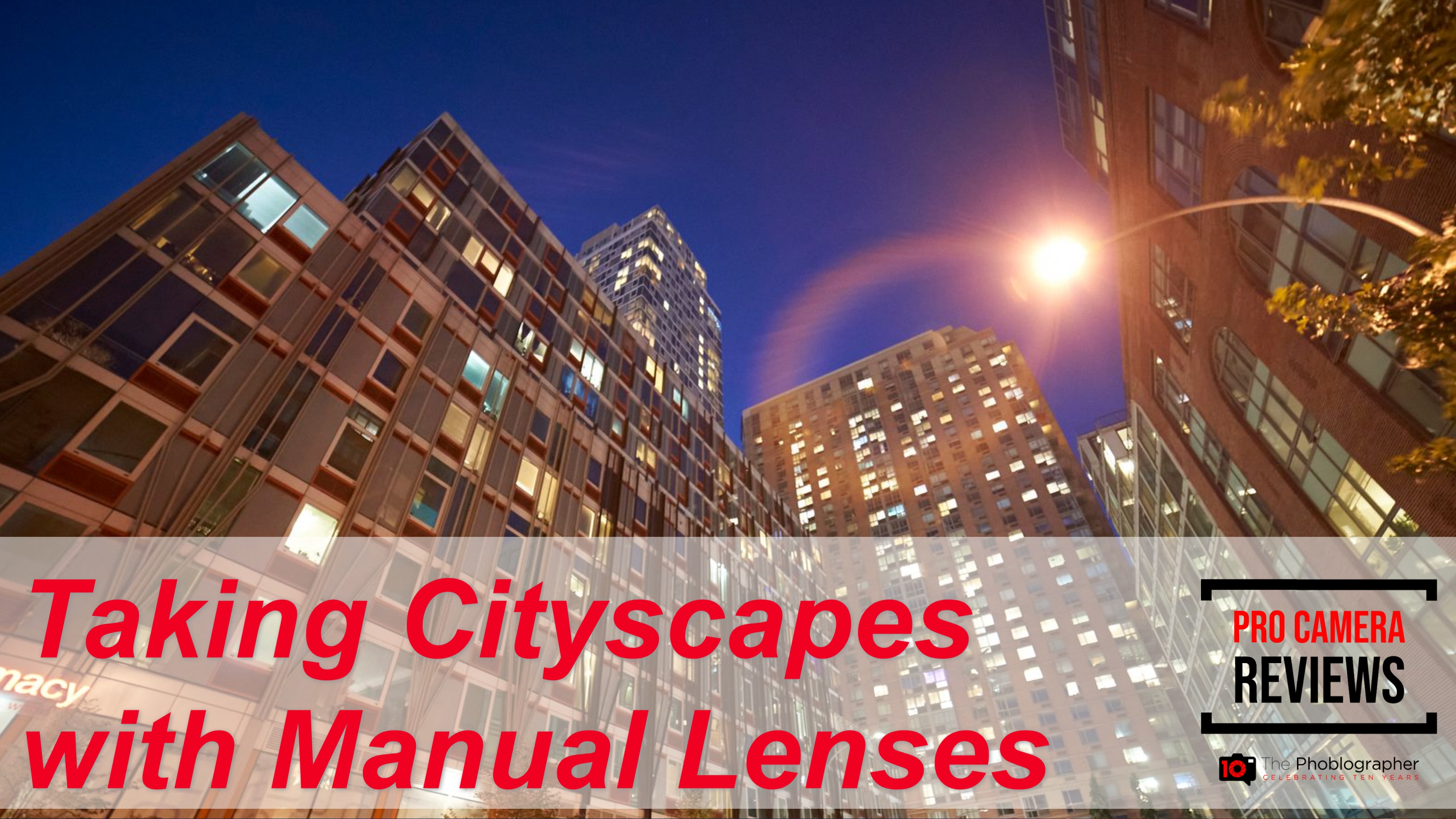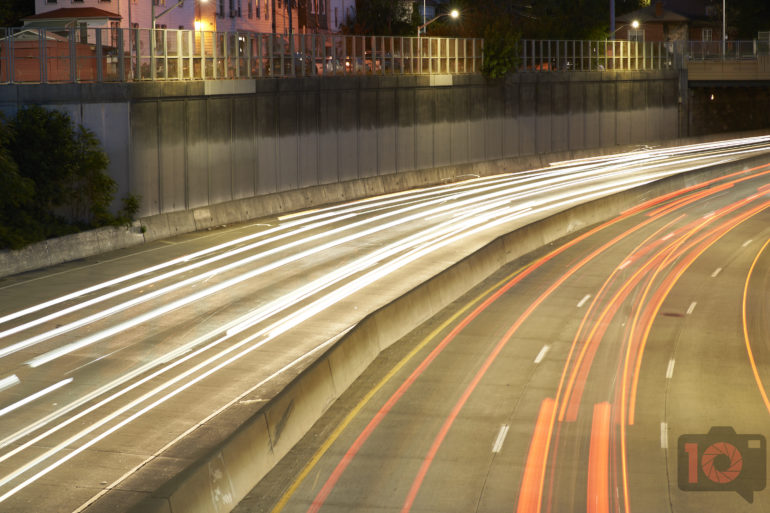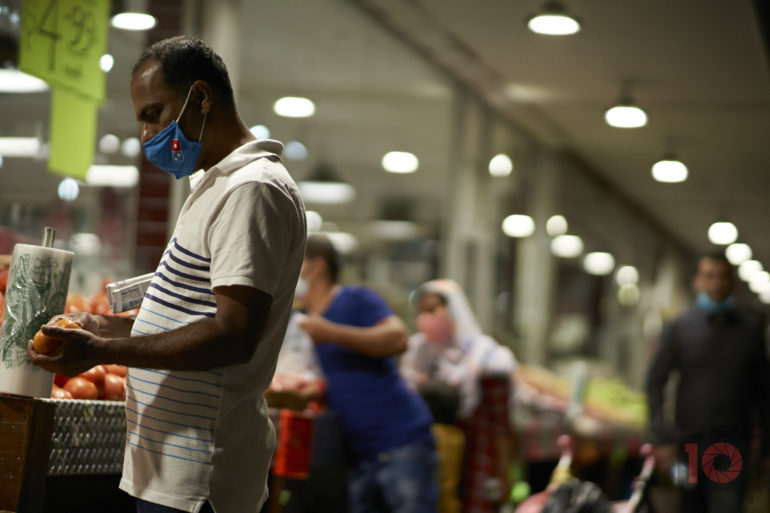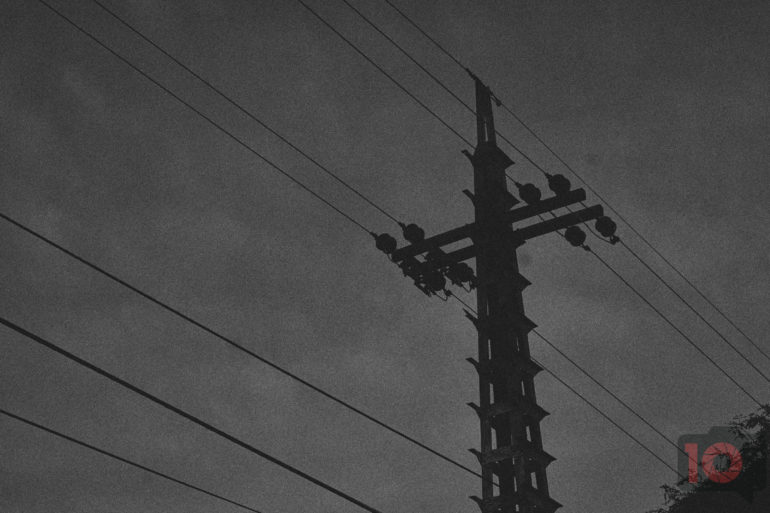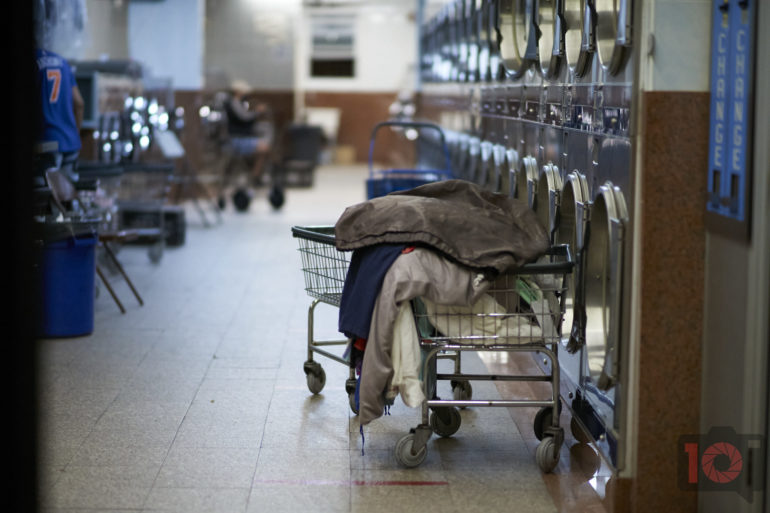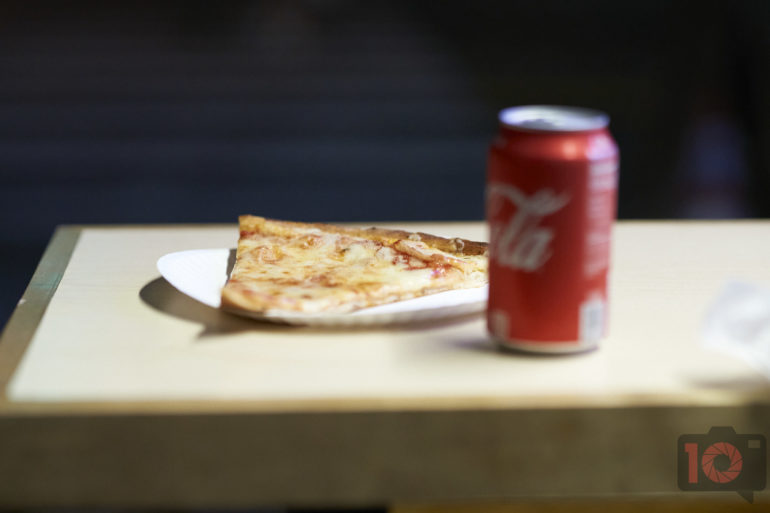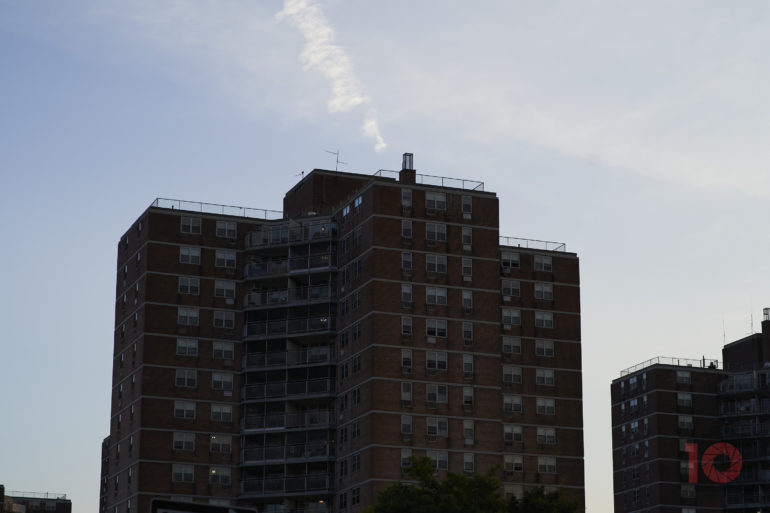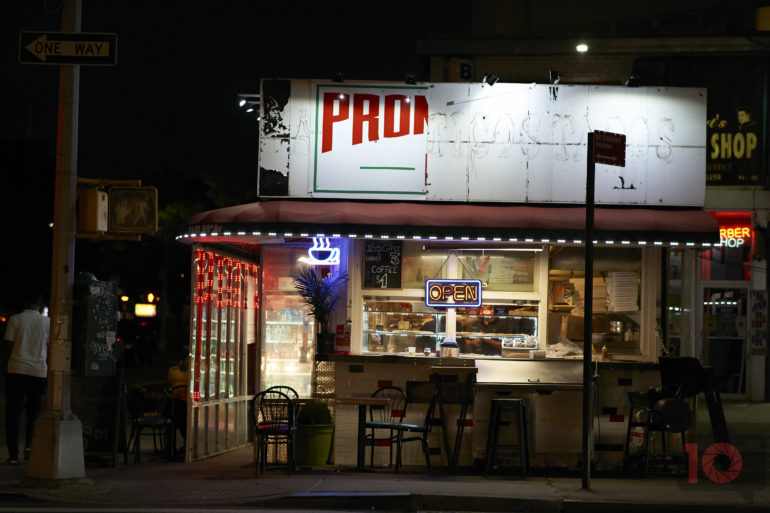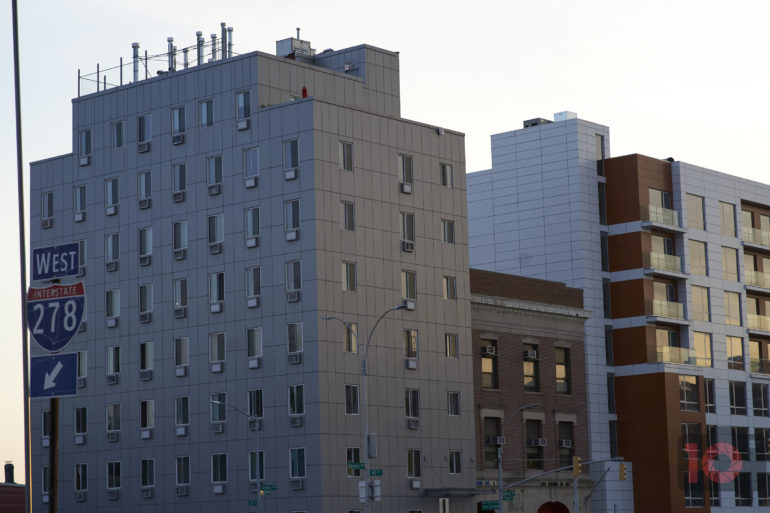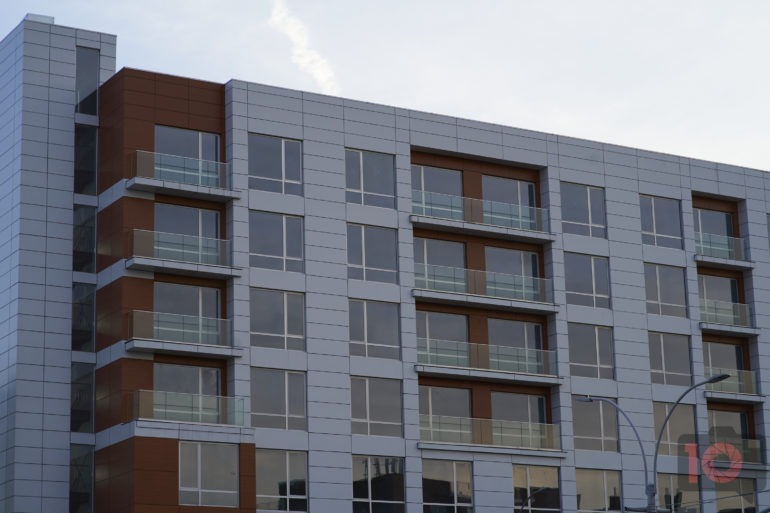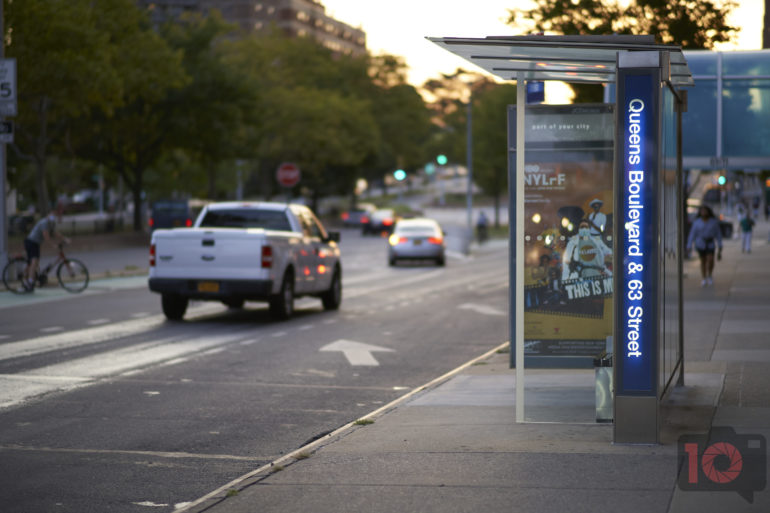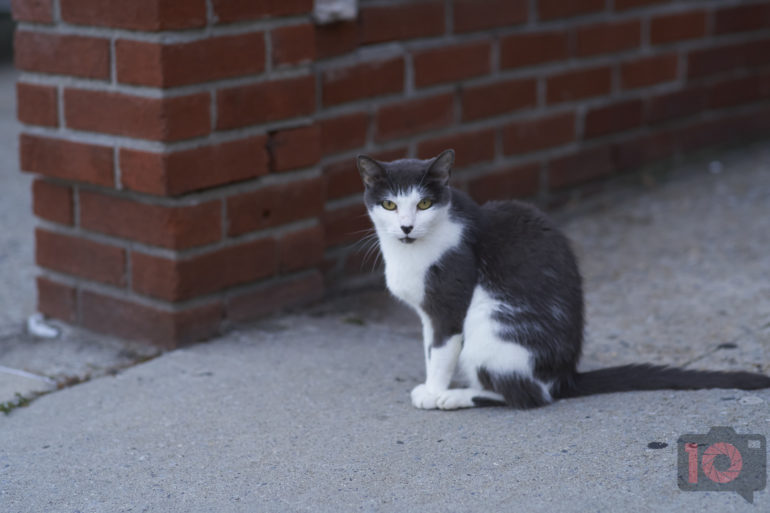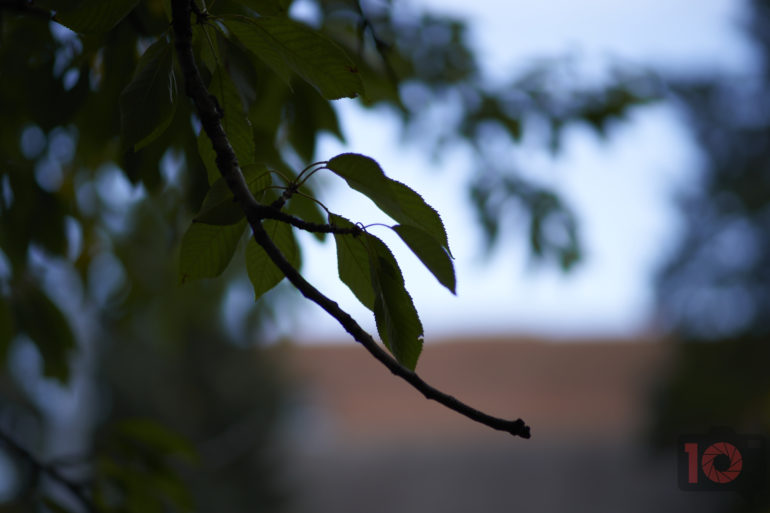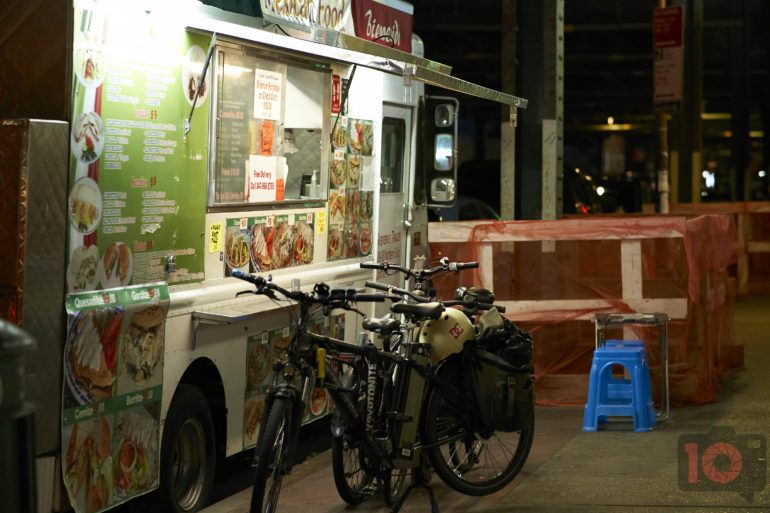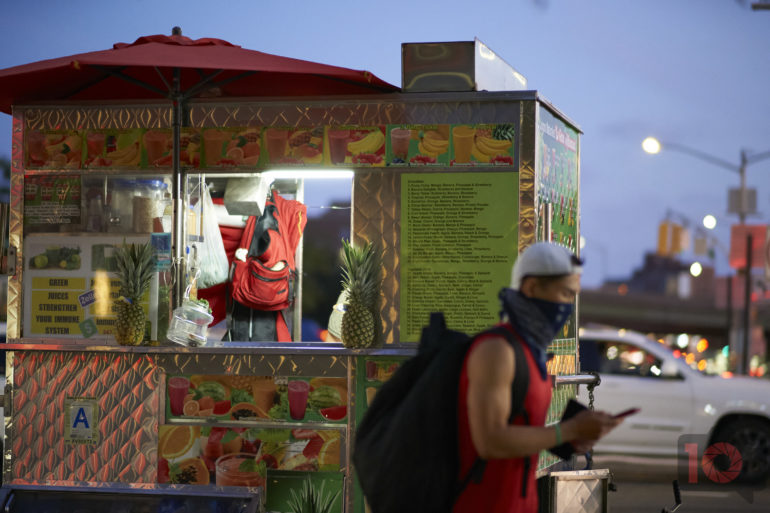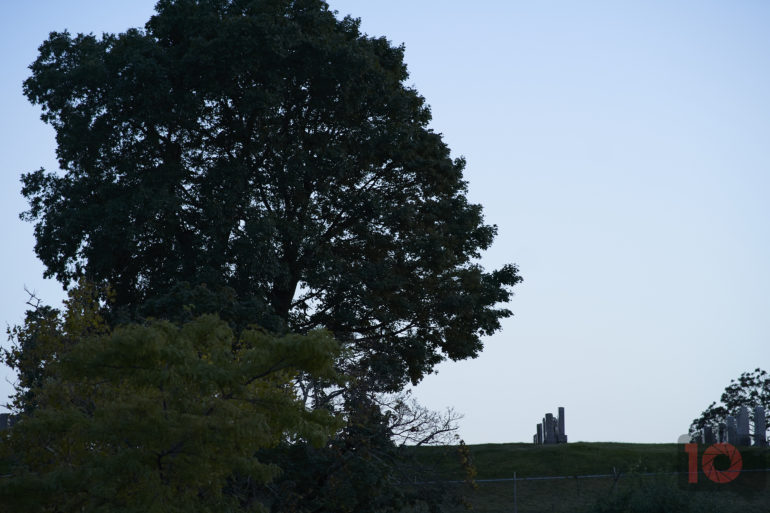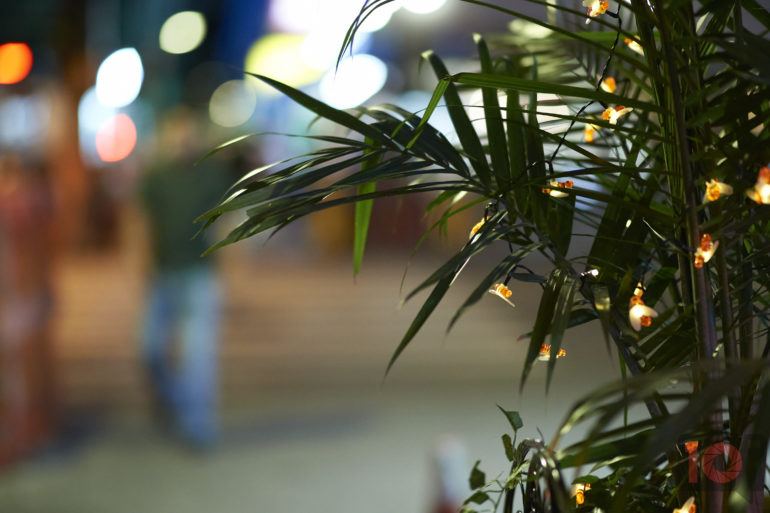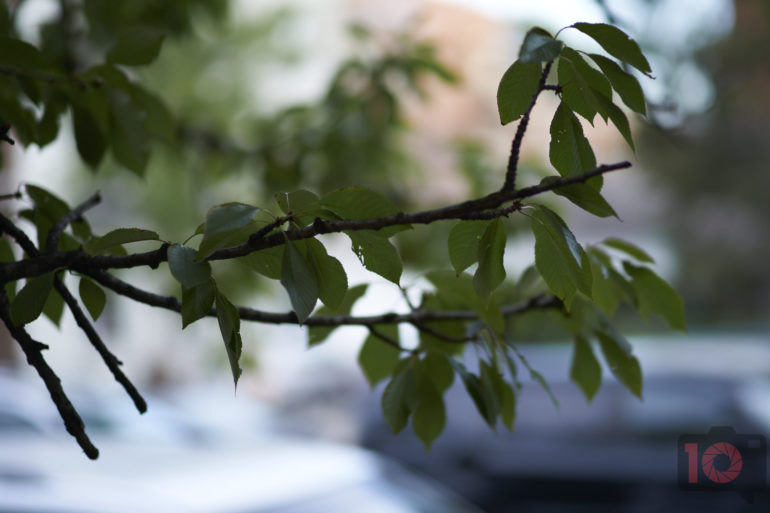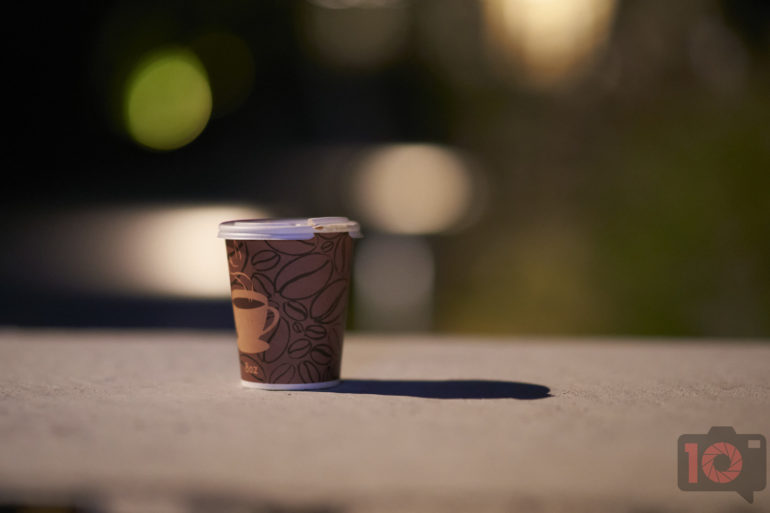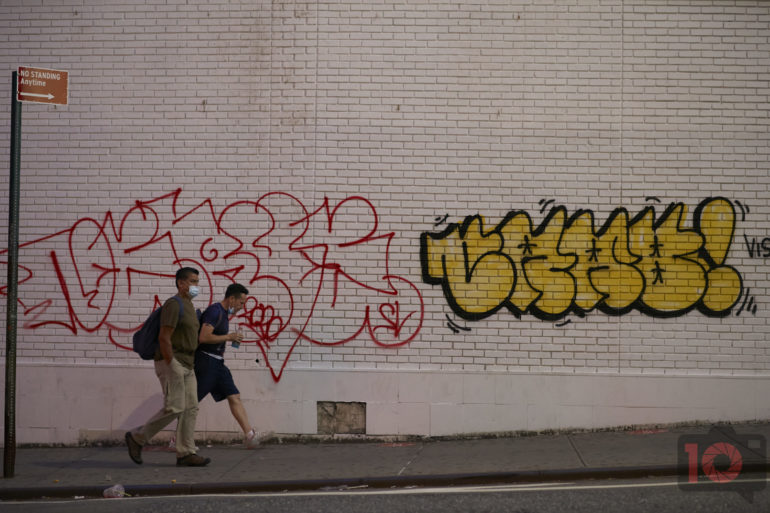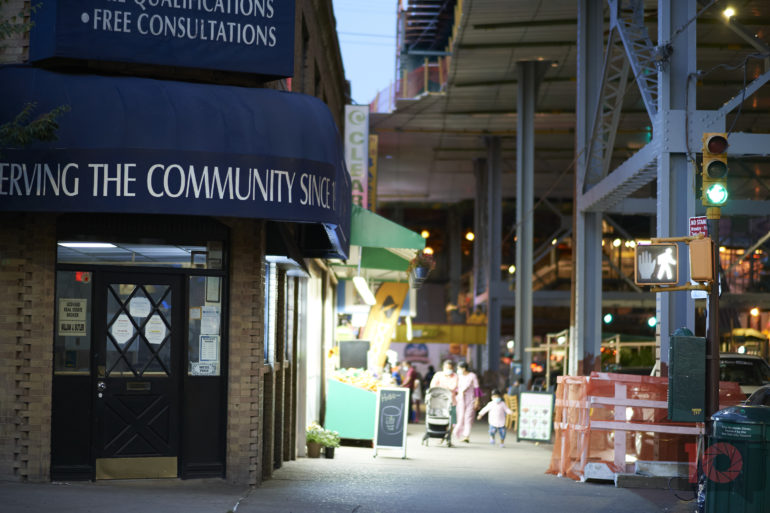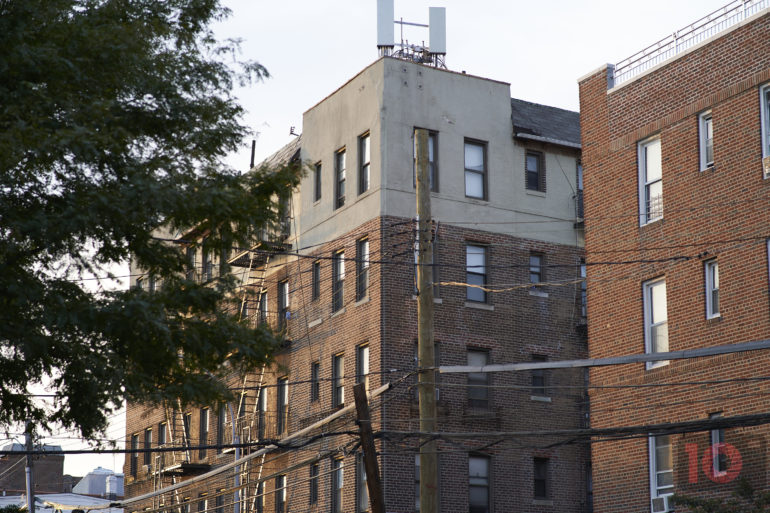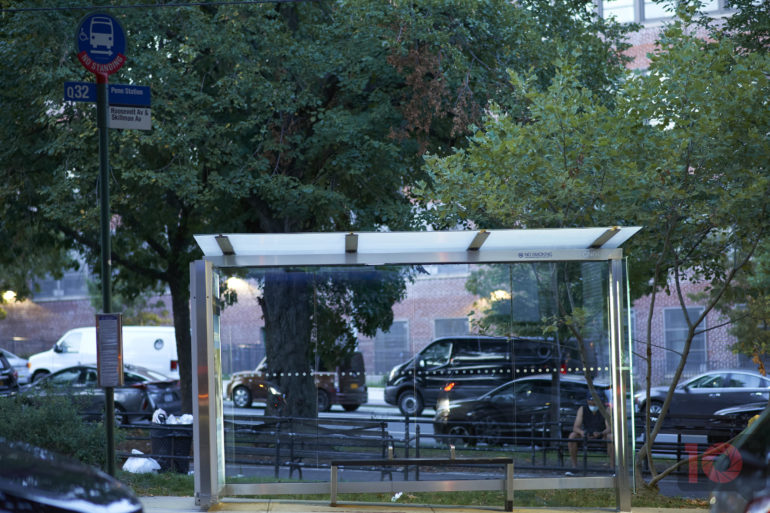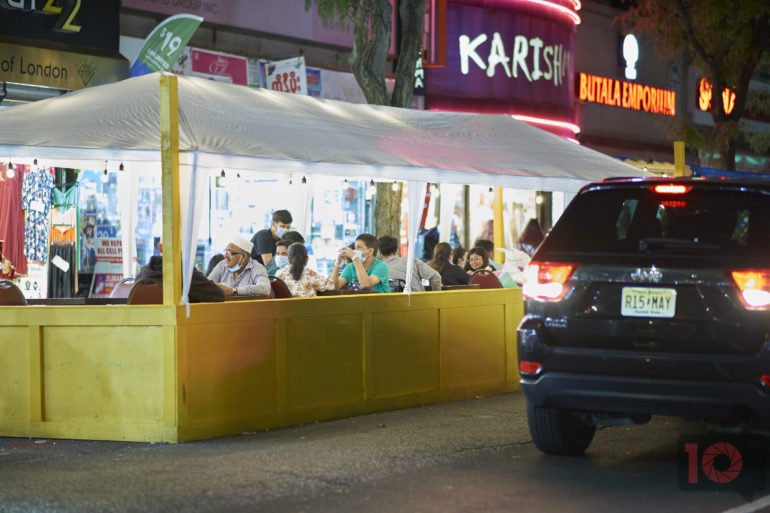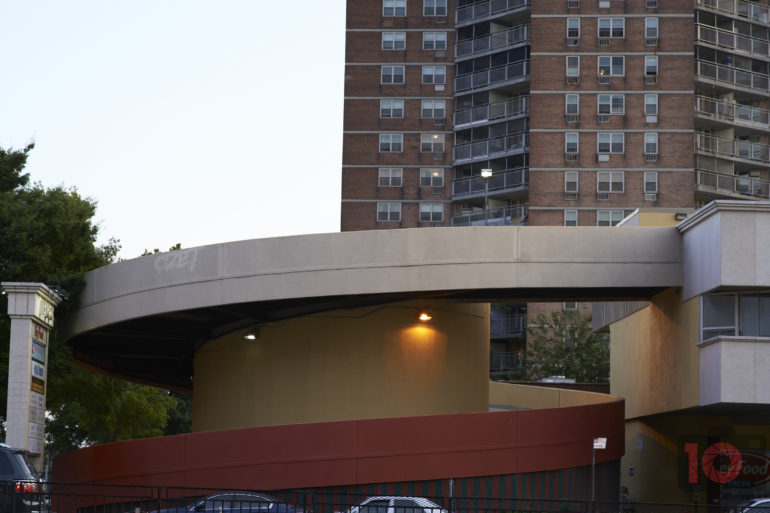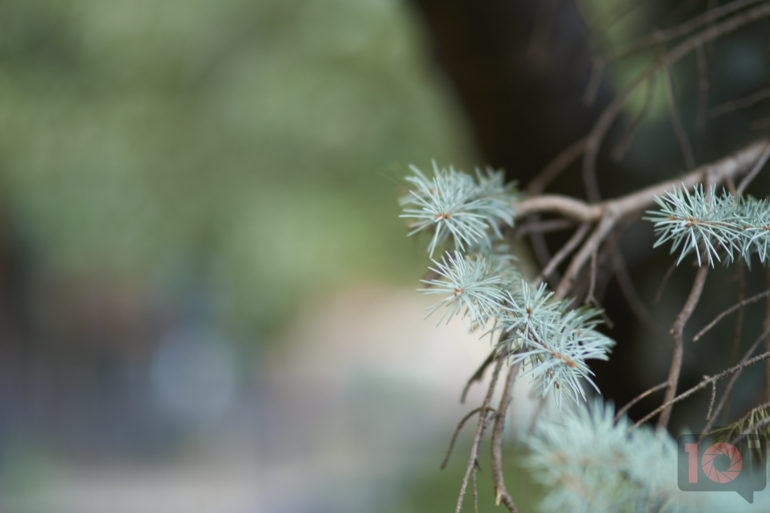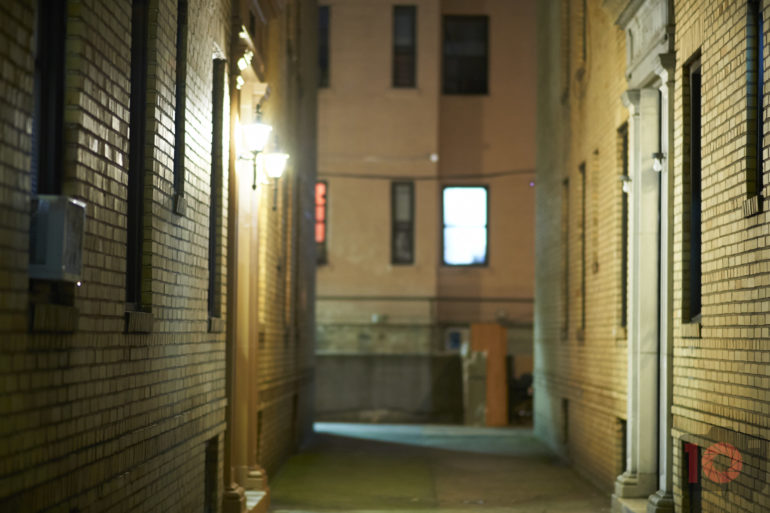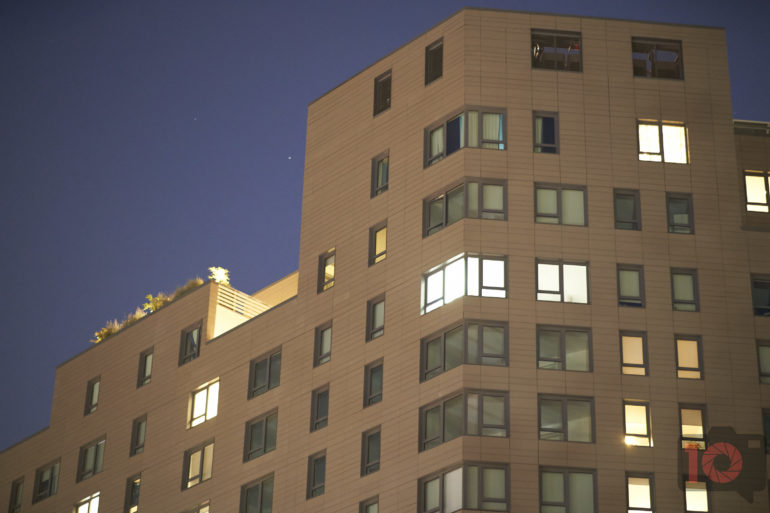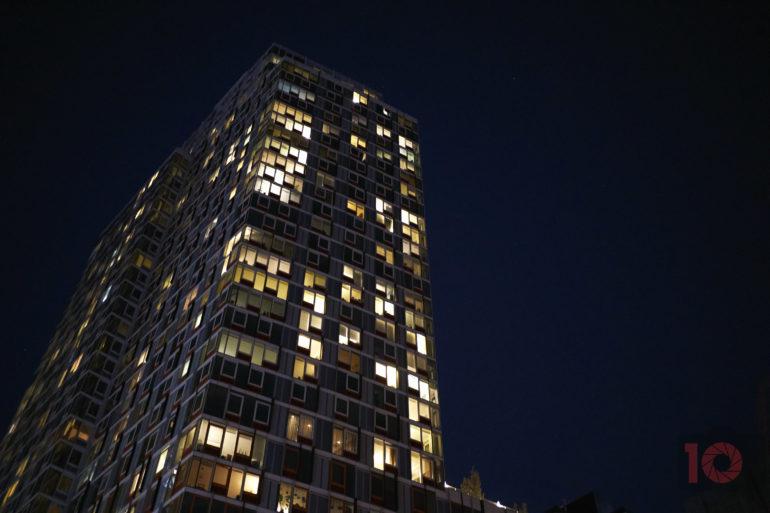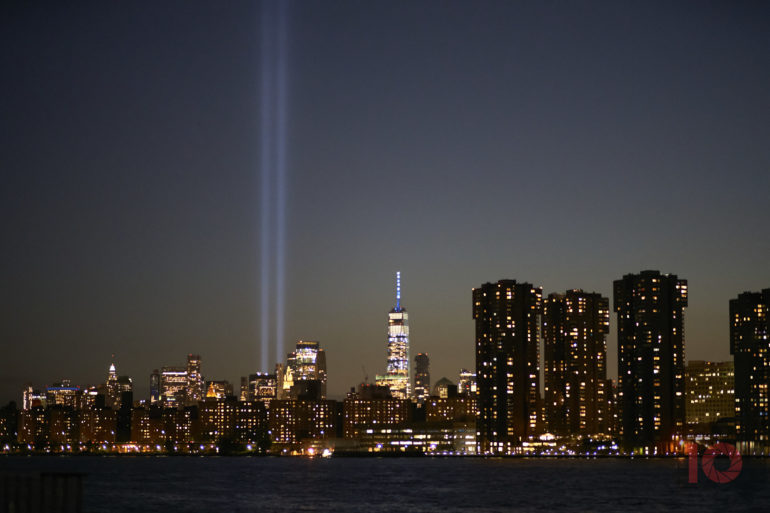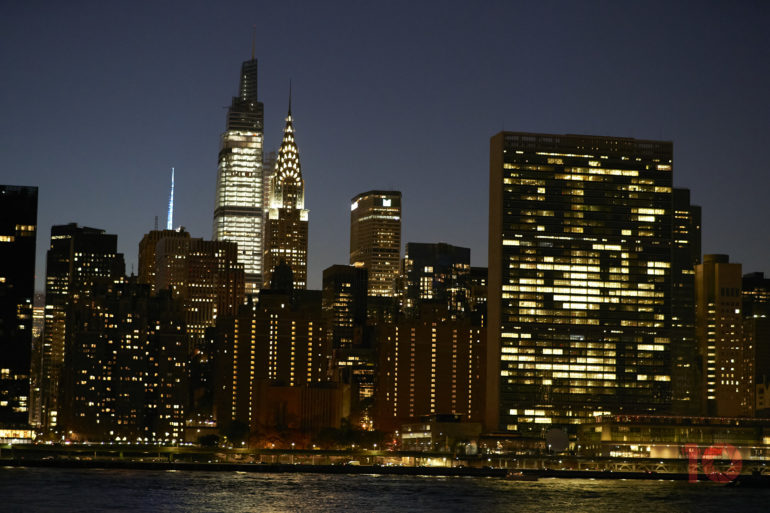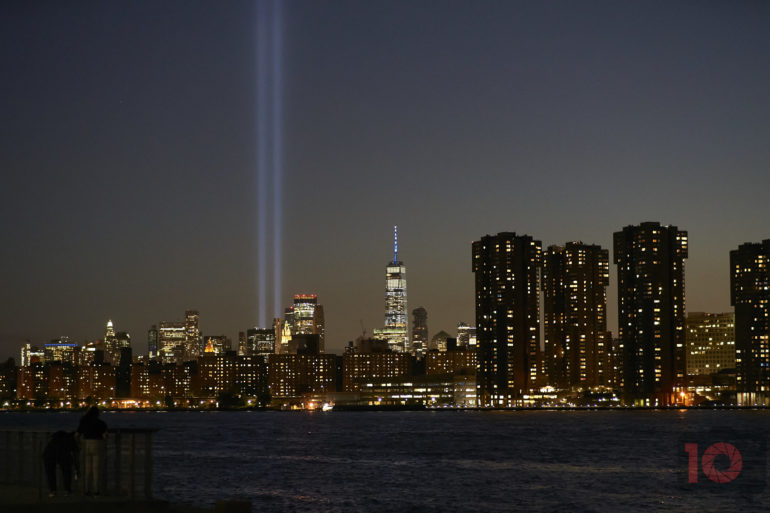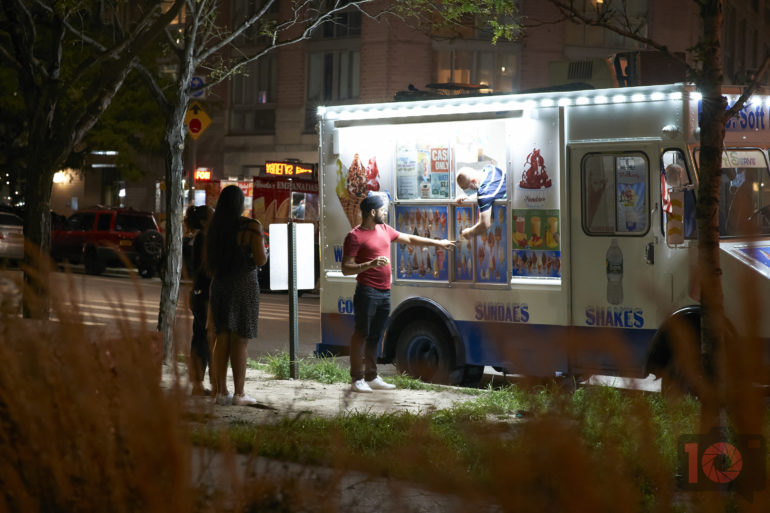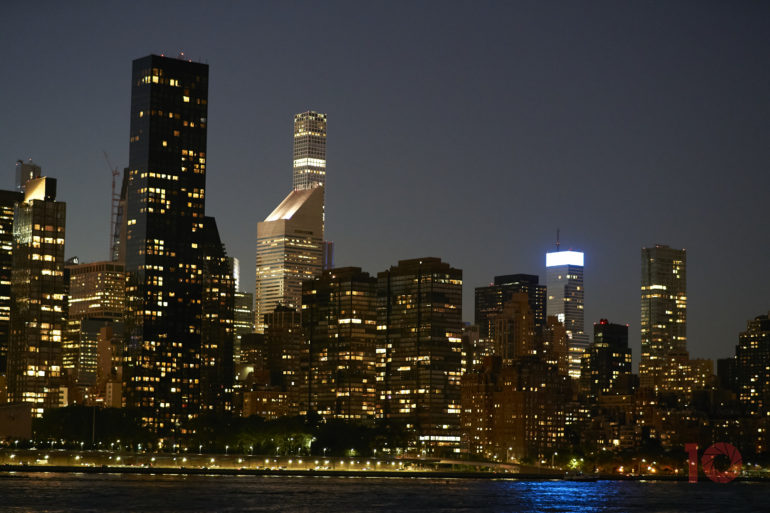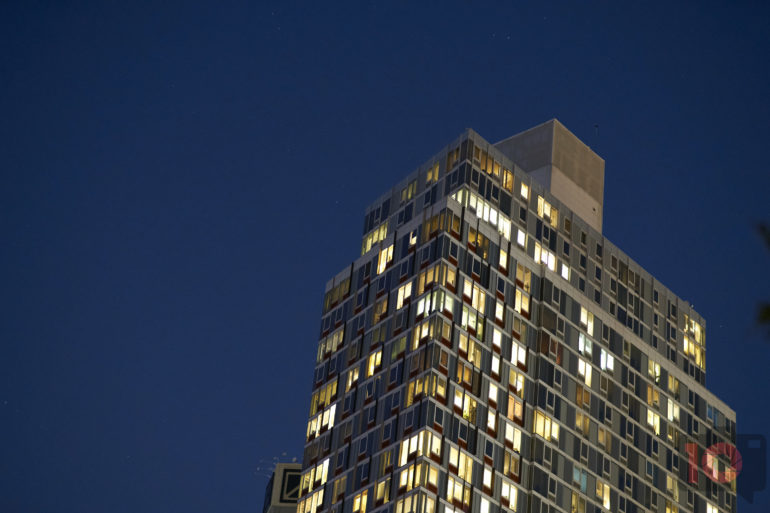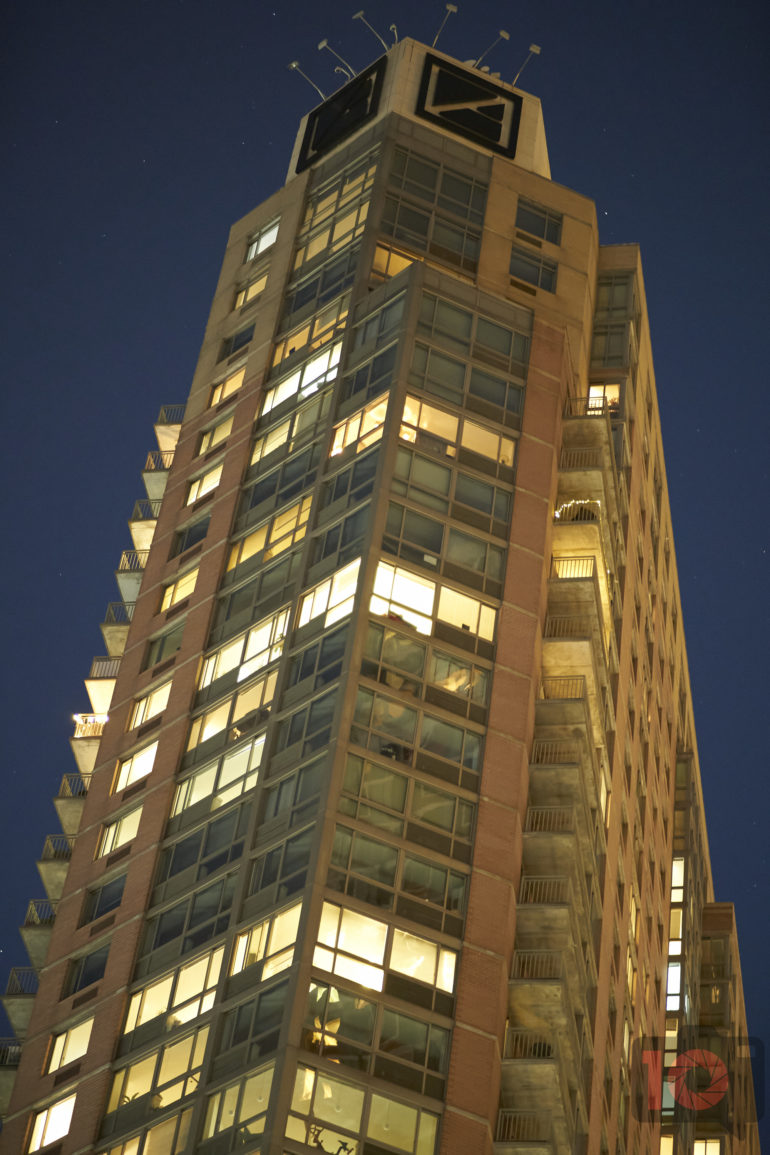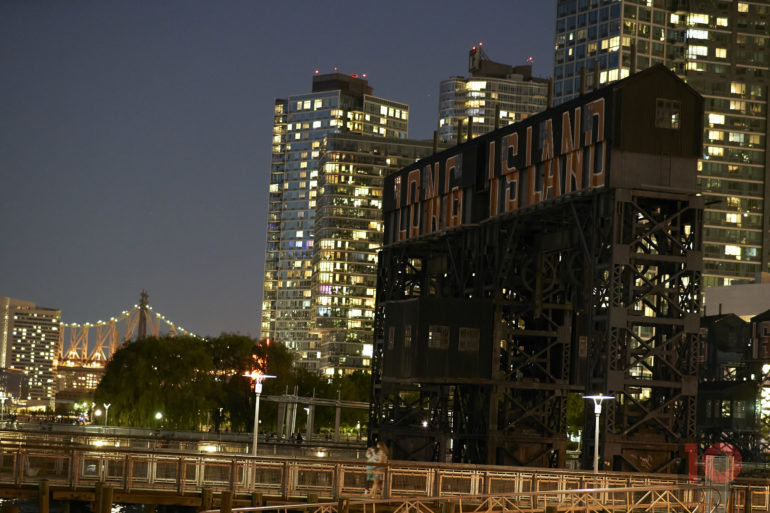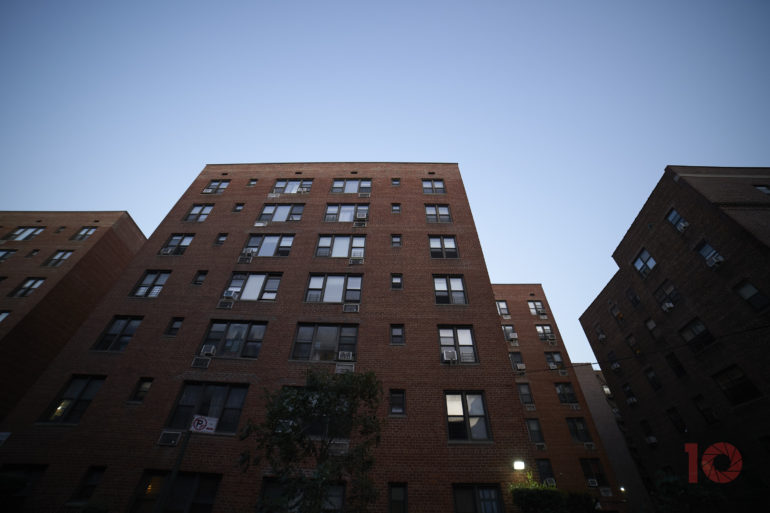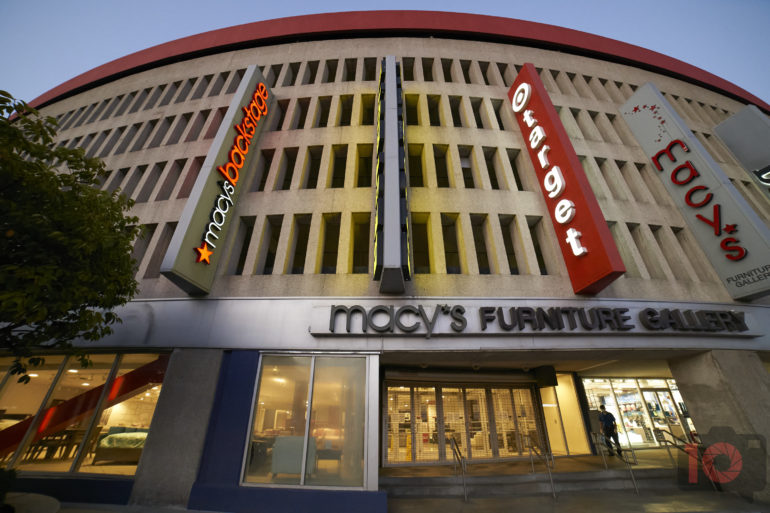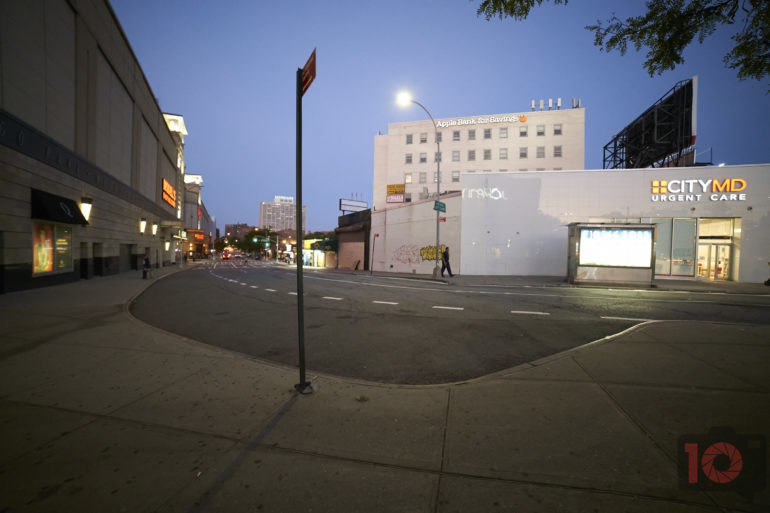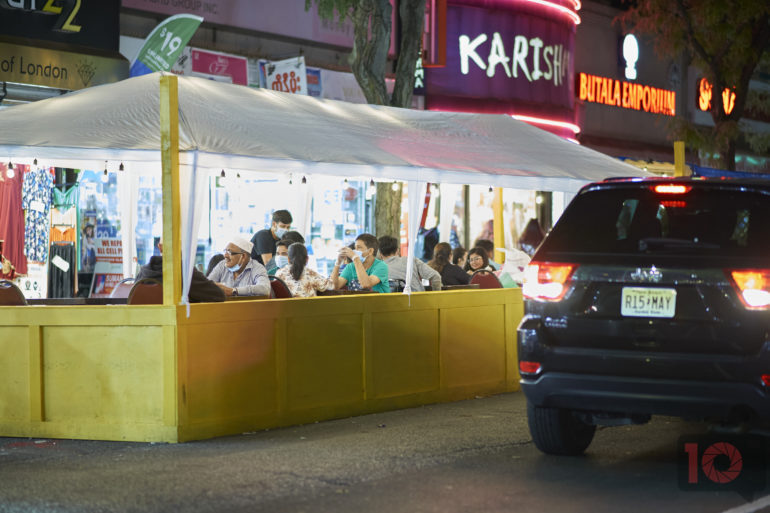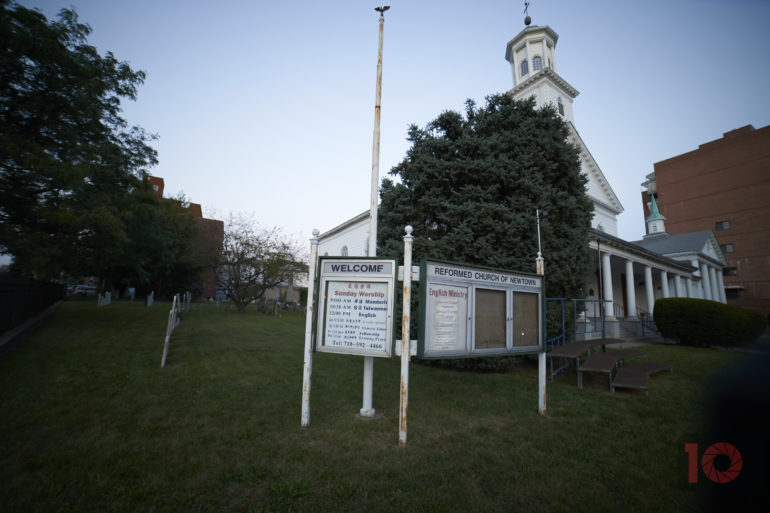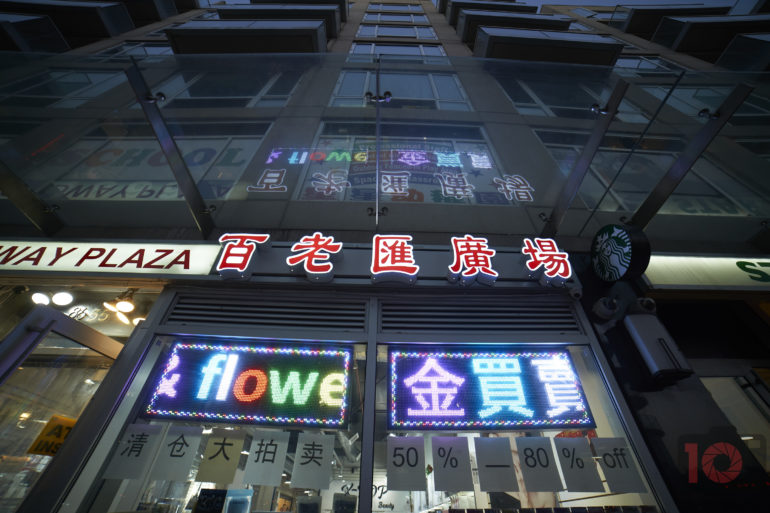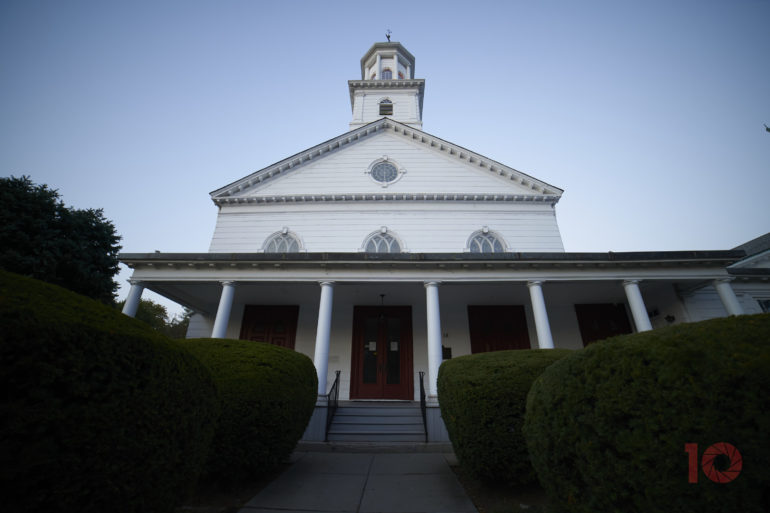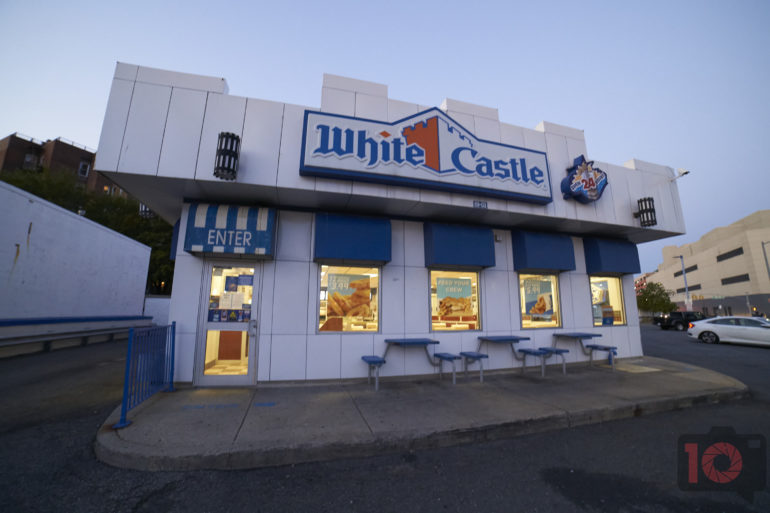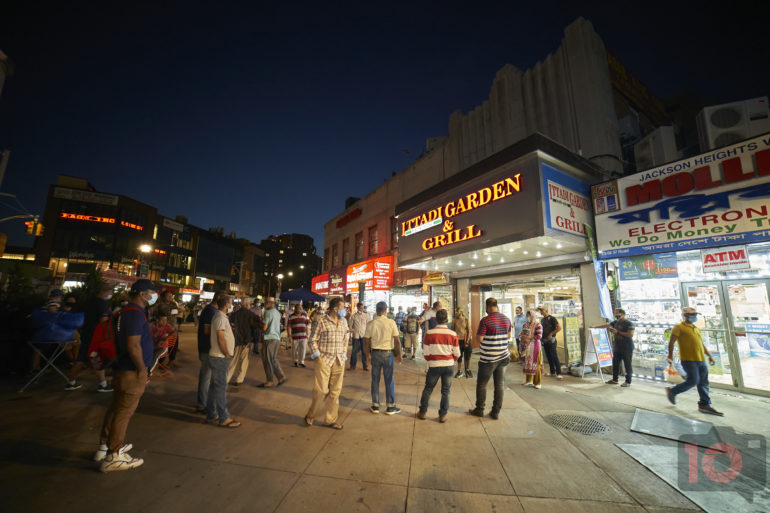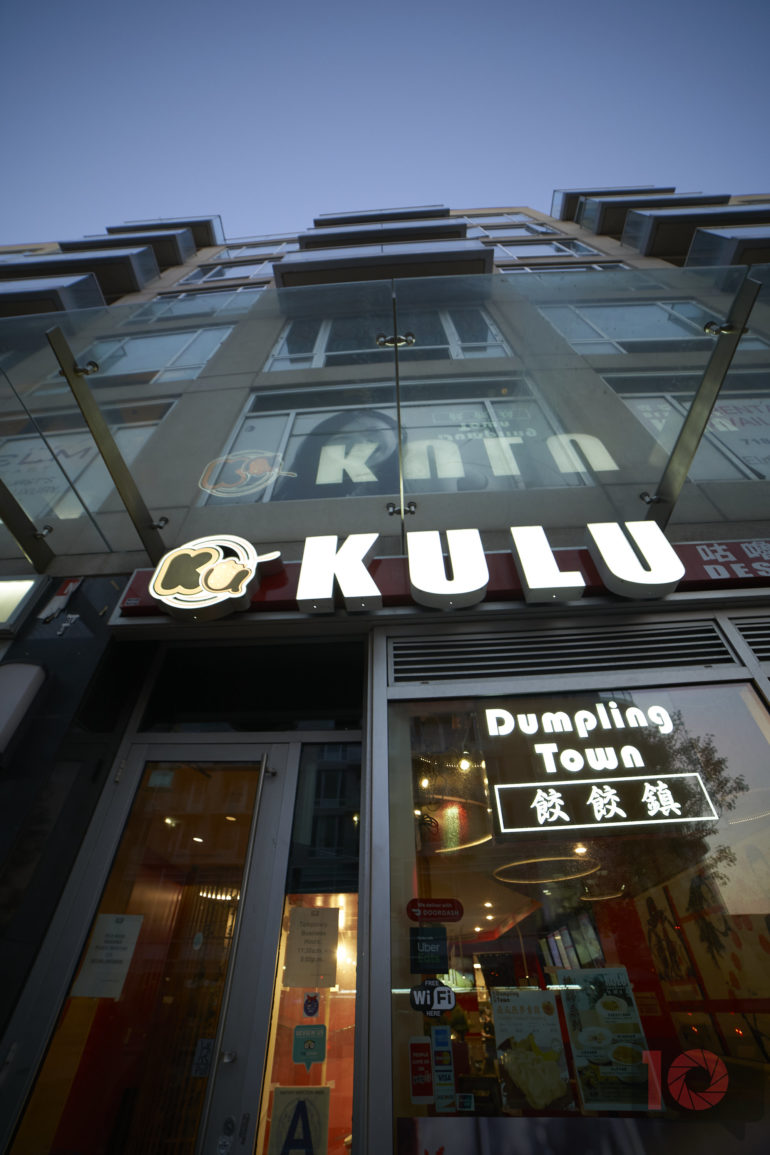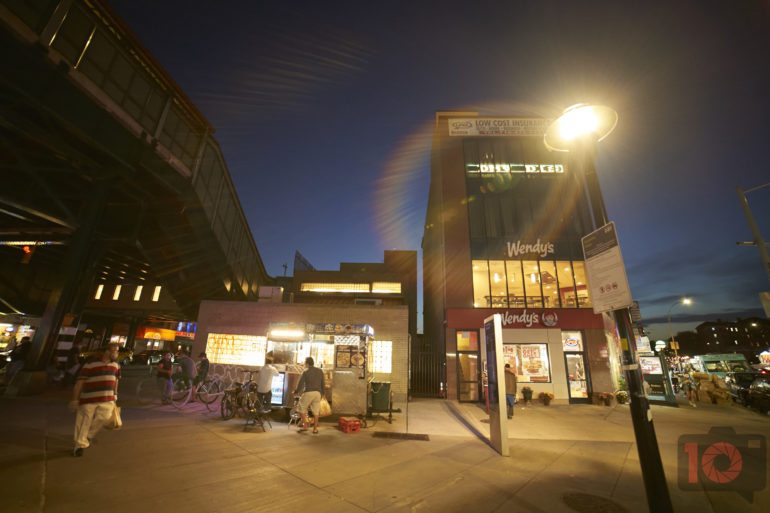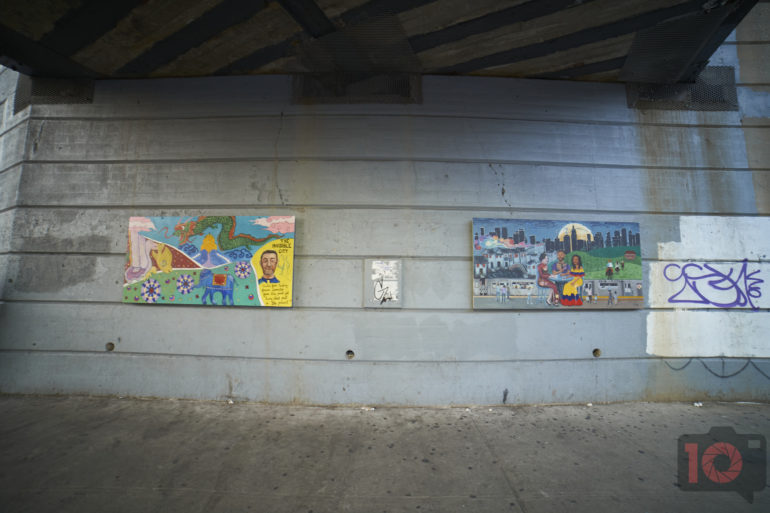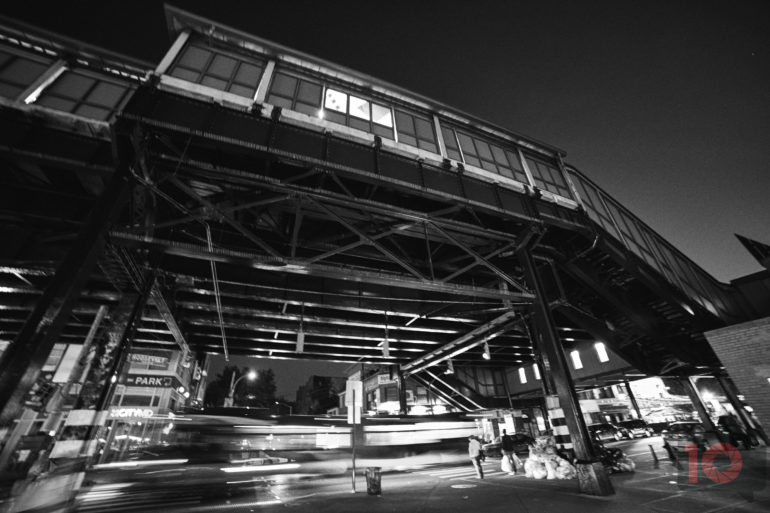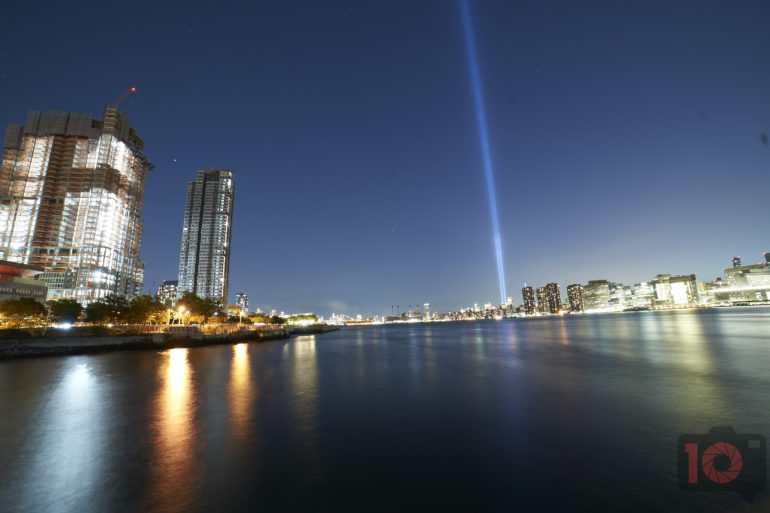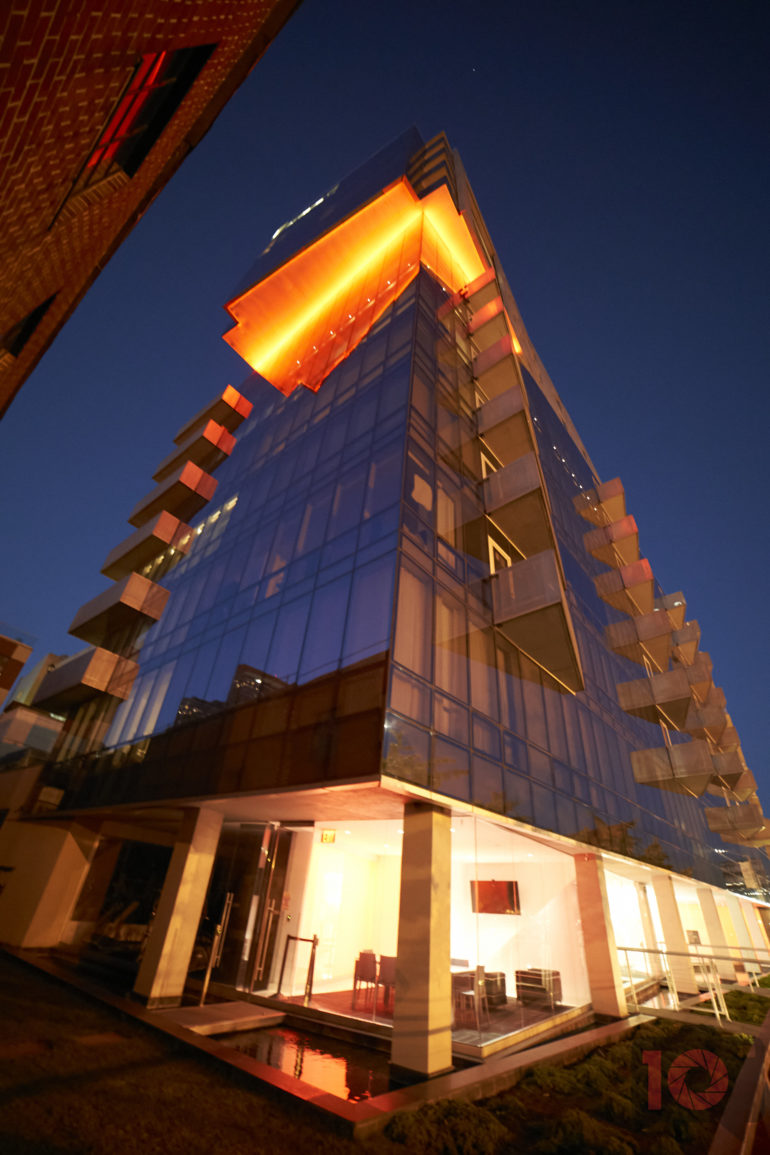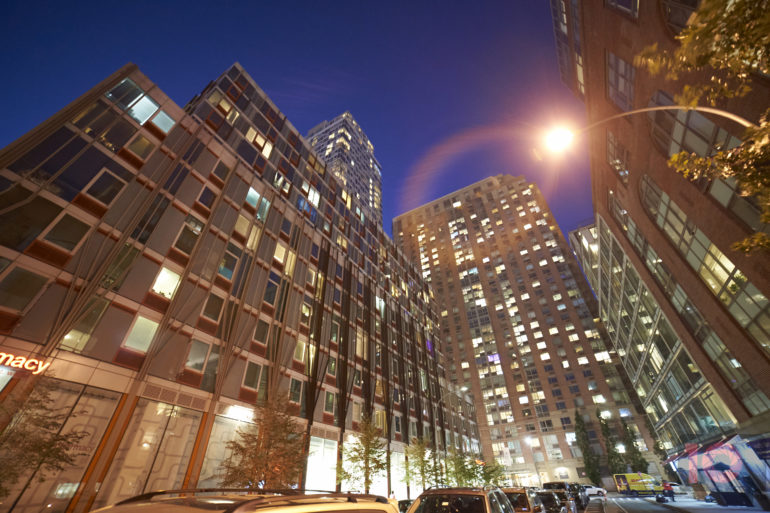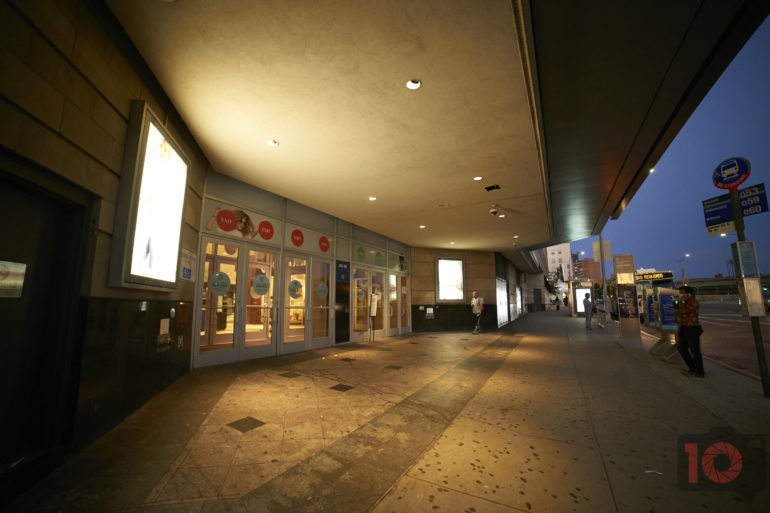The manual lenses from Samyang and Rokinon can organically make you a better photographer.
On last week’s episode of Pro Camera Reviews, we showed viewers a special segment on manual focus lenses. Chris has long been enamored with them. He and Brett believe that you can make you a better photographer. With manual lenses, you end up putting more time and careful thought into the image taking process. So here are our extended thoughts on Shooting Cityscapes.
In This Episode
Shooting Cityscapes with Manual Lenses: In this sponsored segment by Samyang, we’re going to discuss how manual focus lenses are great tools for being more creative. Specifically, we’re targeting the travel and city-dwelling photographer. Walk around at night, and it’s easy for you to mindlessly capture photos. But when you manually focus, you put more effort into the shot. You’re being a lot more conscious of what happens before you press the shutter. The whole process is less automated. The result is less photos, but better photos. There’s no need to go through a whole ton of them later on. And manual focus lenses can make you a better shooter overall. We used the Samyang 85mm f1.4 II and the Samyang 14mm f2.8 II while Shooting Cityscapes.
Samyang 85mm f1.4 II Samples
Samyang 14mm f2.8 II Samples
In the Next Episode
Why I Still Adore the Fujifilm X Pro 1: I’ve owned a number of Fujifilm cameras over the years. But the one that I’ll probably never sell is the Fujifilm X Pro 1. It uses the older 16MP X Trans sensor and was Fuji’s first ILC. Paired with small, fast, prime lenses, there’s little better than this camera. By modern standards, the Fujifilm X Pro 1 is very antiquated. But it’s still a very capable camera. Chris will lead the conversation by diving into what he adores about the Fujifilm X Pro 1. He’ll also discuss how the X Pro 2 lost its way and how the series came back home with the Fujifilm X Pro 3. The team will also discuss what made it unique, like the OVF/EVF feature, the sensor, the rangefinder camera body style, the retro aesthetic, etc.
The Cult of the Sony a7s: The a7s series of cameras feature small megapixel sensors, which give them the ability to see in the dark. These cameras have always been a hit with videographers. However, they have never been seen as a tool for photographers. Over the last week, we have been putting the newest member of the a7s series, the a7s III, to the test. Given its low light capabilities, the a7s III should be ideal for documentarians and photojournalists who need a camera that’s an excellent performer in all lighting situations. Find out what our first impressions are of the Sony a7s III and see for yourself if it has the chops to be a good camera for photographers.
Pro Camera Reviews
Pro Camera Reviews happens every Sunday. Sign up to join us! Please Register here.
Pro Camera Reviews is a new web show by the Reviews Team of the Phoblographer. Join them as they candidly discuss the products they’re actively reviewing and the gear they’ve just reviewed. Open Q and A from the audience towards the end of the show. Every Sunday at 7pm EST.
If you’re looking for a fun time while staying safe, we strongly recommend that you tune in for Pro Camera Reviews. It’s a weekly show where the staff tackles a couple of issues in the Photo World. They mostly pertain to cameras and lenses, but sometimes things get a bit more serious. This is partly because we still feel that we need to be educators and leaders in this space. Additionally, we also need to be responsible. Episodes are done on Zoom and are recorded. They’re then shared on YouTube. We recommend that you subscribe to us on Youtube to keep up. Editor’s Note: This was a sponsored segment from Samyang and Rokinon.


